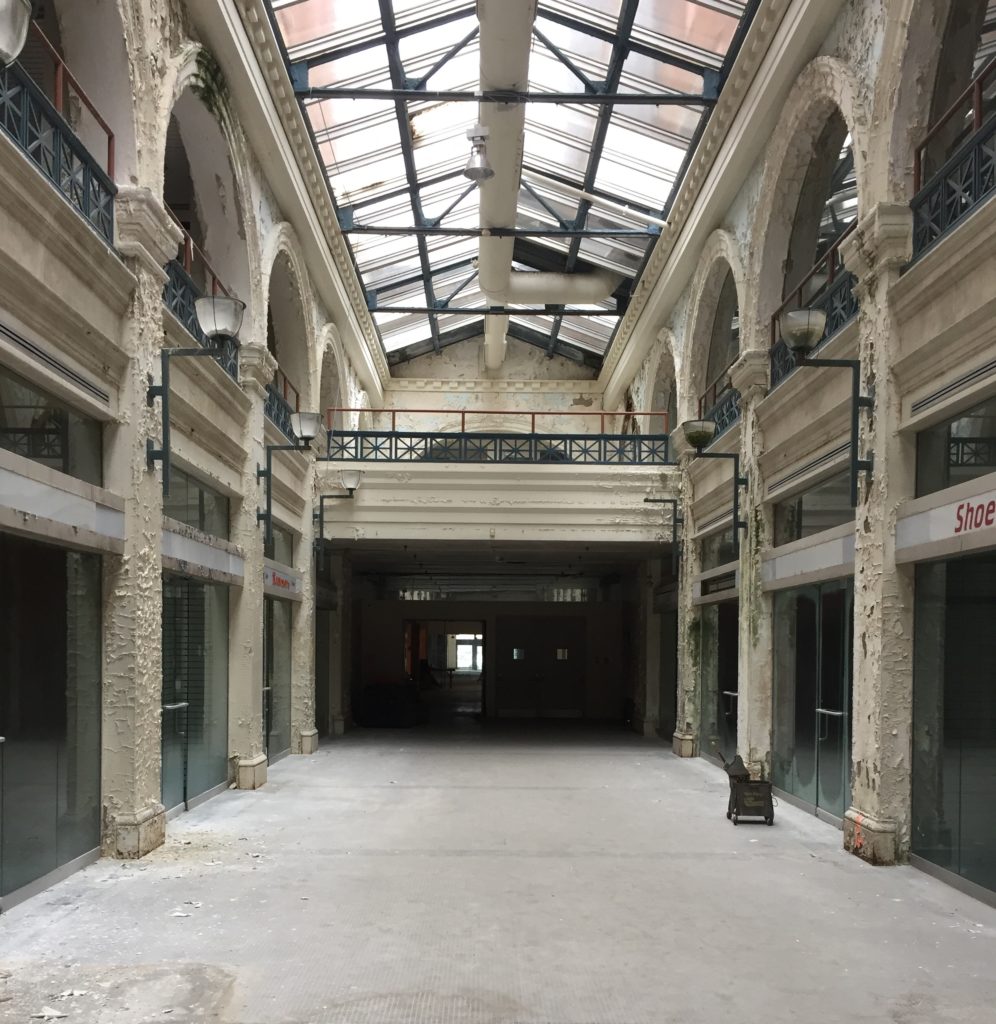 The Dayton Arcade project continues to receive good news, but some Daytonians will remain skeptical until the day they set foot in a fully-completed phase one.
The Dayton Arcade project continues to receive good news, but some Daytonians will remain skeptical until the day they set foot in a fully-completed phase one.
To be fair, this isn’t an unreasonable position to take given the complex’s failed redevelopment history over the past couple of decades. But let’s take a look at what’s happened since the last time we wrote about the Arcade.
The biggest news in early March of 2018 was that Miller-Valentine had pulled out of the project, which at first seemed like a major blow. At that time a vice-president said that “the Art Works Lofts development is unable to move forward” and that Miller-Valentine would be returning $22.5 million in low-income housing tax credits for the artist lofts component of the arcade as well as $6 in housing development loans.
But Ohio Housing Finance Agency officials confirmed that the money stays with the project even if the developers change, and just a few days later, two new partners stepped in to replace Miller-Valentine and their experience appears to make them an even better fit. One is St. Louis-based McCormack Baron Salazar, a firm which has developed 195 projects including the Landing Apartments right here in downtown Dayton. The other is Model Group from Cincinnati. These two join lead developer Cross Street Partners.
This development team shakeup isn’t the only major news affecting the Arcade as of late, as in late May the city agreed to loan the project $10 million. The size of this loan is notable as it signifies that the city of Dayton views the Arcade rehab as a “catalytic” project on par with the Dayton Dragons’ Fifth Third Field and the Schuster Performing Arts center, major investments from the early 2000s that have been a major part of downtown’s continuing rebirth. The Arcade loan was said to be the last major piece of the $95 million funding puzzle.
On June 18, it was announced that the Dayton Montgomery Port Authority would enter into four ground leases for Arcade parcels, which will save developers around $1 million in sales tax exemptions.
And Miller-Valentine’s CEO recently confirmed that the company is still involved in the Arcade, albeit in a more limited role than originally anticipated.
So what’s the next step? The Arcade development team is still hoping to receive a $500,000 grant from the Dayton Business Committee and additional funding from JobsOhio. And they still have to close on some of the financing and Arcade real estate, which they hope to do in July. If all goes well, construction would begin soon after.
An executive with McCormack Baron Salazar recently said that “I don’t really see any obstacles” to the project moving forward. A statement that certainly inspires confidence, although it’s not the first time we’ve heard something like it. Hopefully this time it’s for real.
To learn more about the history of the Dayton Arcade, there’s a detailed chapter in my new book Lost Dayton Ohio.
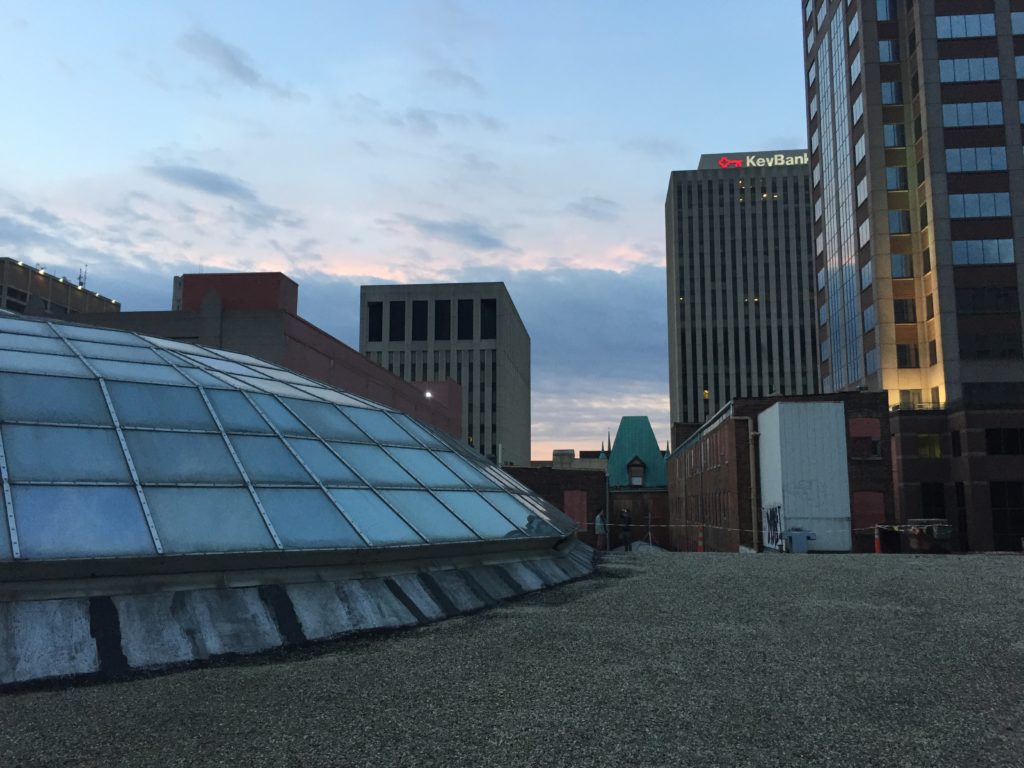

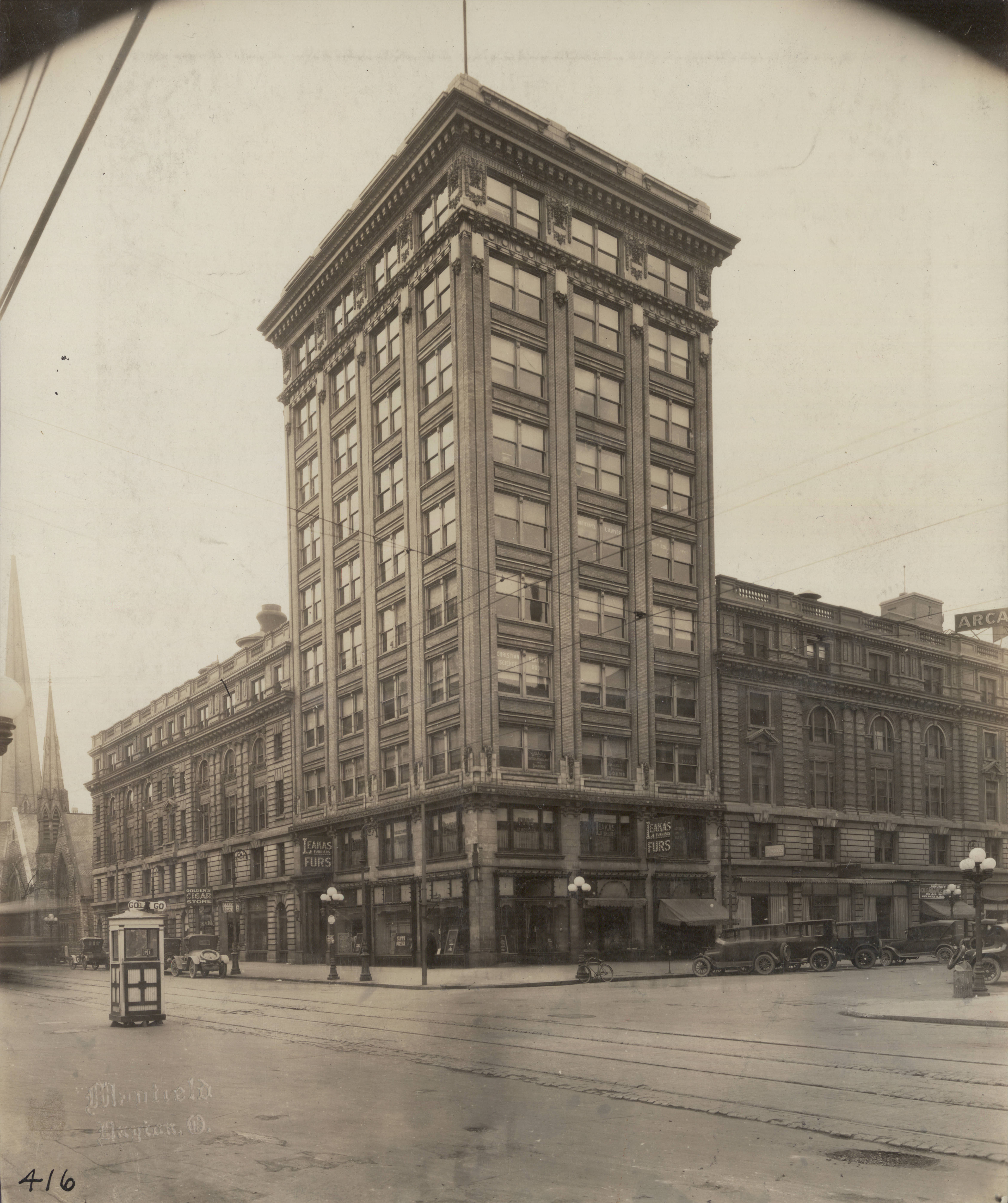
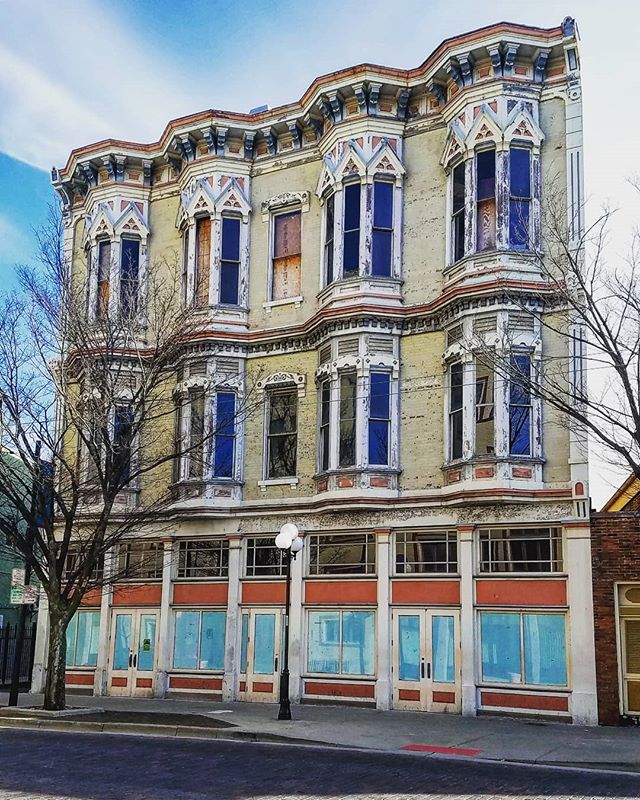
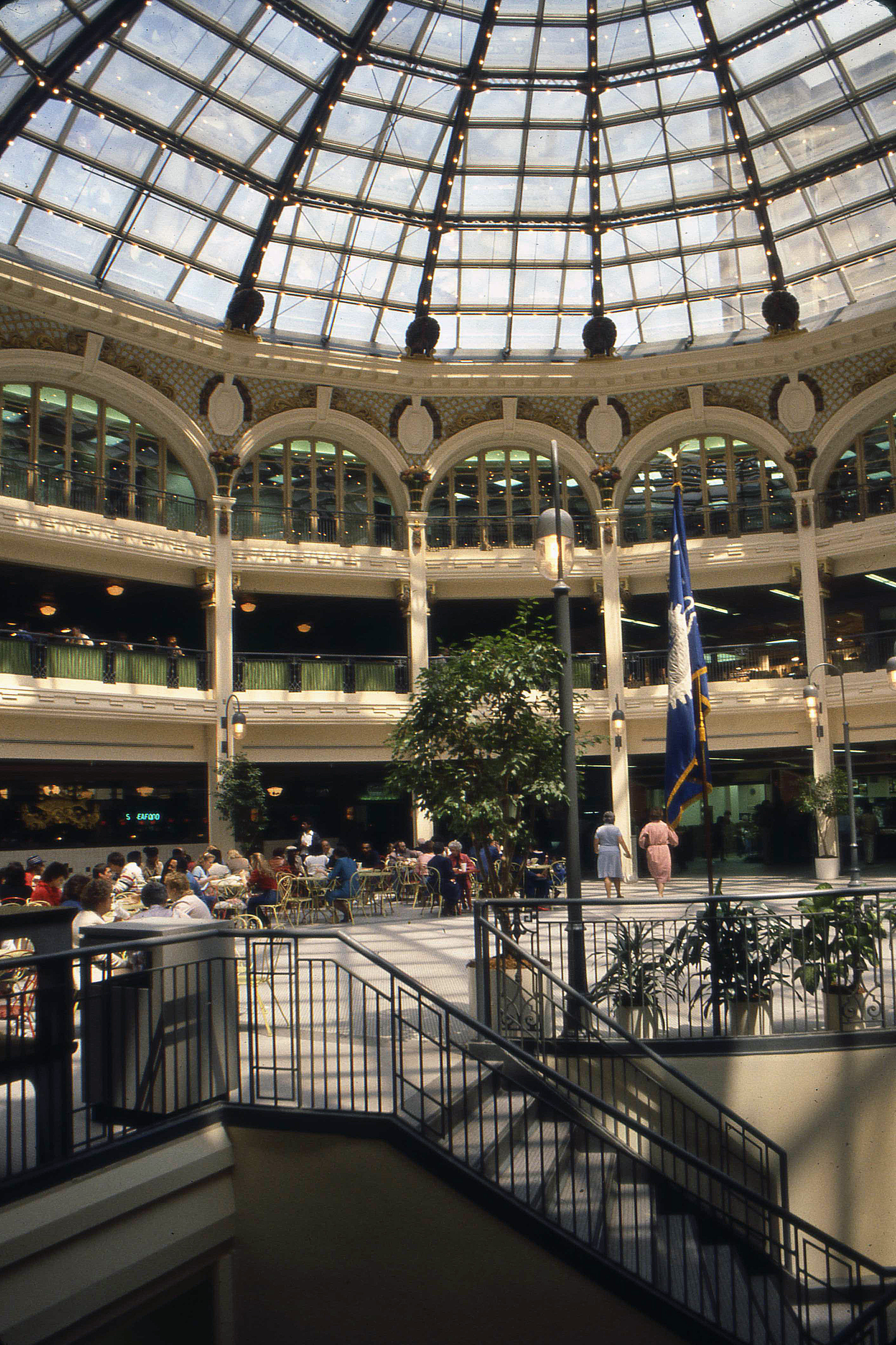
Leave a Reply